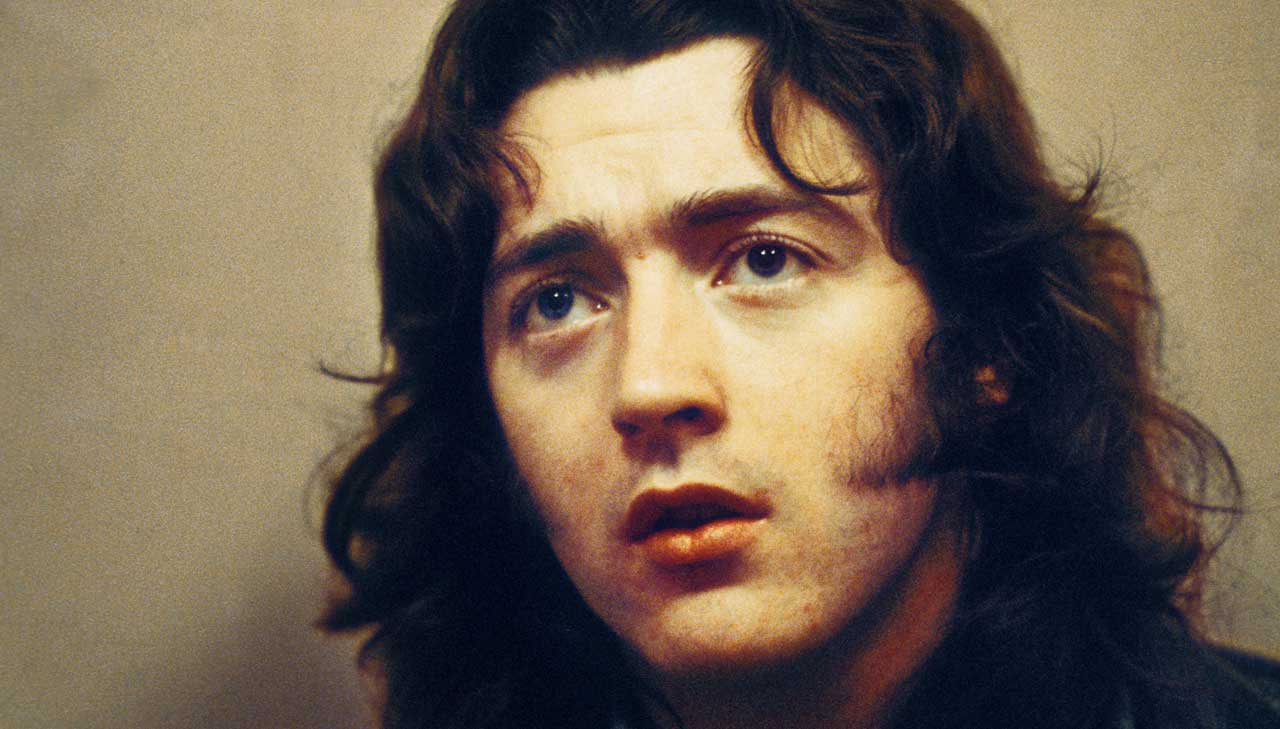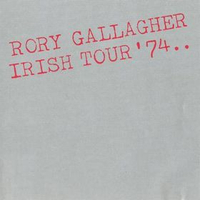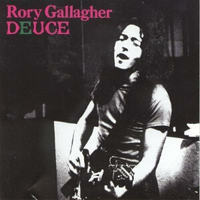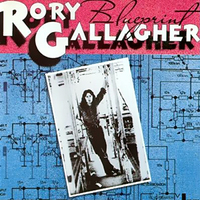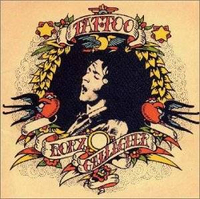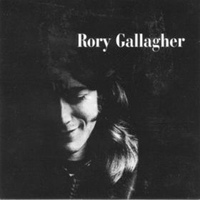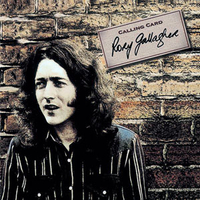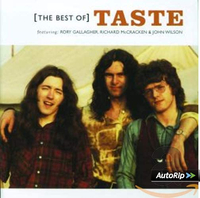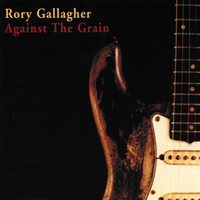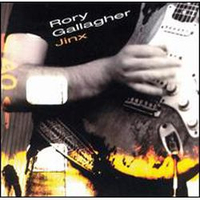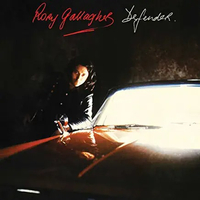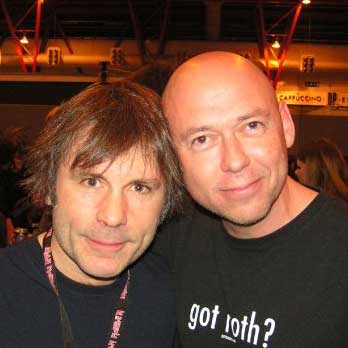If ever a man let the music do the talking, it was Rory Gallagher. On stage he wore the same old shirts and denims that he’d wear to the pub. His favourite guitar, a battered 1961 Stratocaster, looked like something he’d picked up from a flea market, its sunburst finish erased by all the sweat and wear and tear.
To Rory, what mattered was not how you looked but how you played. And Rory Gallagher was simply one of the greatest guitar players that ever lived. He was so good that The Rolling Stones offered him a job in 1975, before Ronnie Wood was eventually chosen as the replacement for Mick Taylor. But Gallagher was never cut out for playing second banana to Jagger and Richards; he was a born leader, a virtuoso guitarist and a richly expressive singer. Moreover, he didn’t care for making hit records, or playing by anybody’s rules but his own.
Born William Rory Gallagher on March 2, 1948 in Ballyshannon, County Donegal, he served his apprenticeship in a number of mediocre local showbands before finding his true calling as guitarist/vocalist of blues-rock power trio Taste.
Between 1966 and 1970 the band made two acclaimed albums, opened for Cream at their farewell shows at the Royal Albert Hall, supported Blind Faith in America and appeared at the Isle of Wight Festival alongside Jimi Hendrix and The Who.
Despite Taste’s successes, in late 1970 Gallagher dissolved the band to record and tour under his own name. And it was as a solo artist that he created his best work. Blues was always at the heart of his music, but his range extended from heavy rock’n’roll to folk. A stubborn purist to the end, he nevertheless sold more than 30 million albums over a 25-year period.
When Rory Gallagher died, aged 47, on June 14, 1995, following an unsuccessful liver transplant, rock music lost one of its most influential figures. Gallagher was a role model for Irish musicians, and an inspiration to all kinds of guitarists, including Brian May, Slash, Joe Bonamassa and Johnny Marr of The Smiths.
He is commemorated with a bronze statue in Ballyshannon, and a sculpture of his guitar at Rory Gallagher Corner in Dublin’s Temple Bar district. He was, and always will be, a true Irish folk hero.

And one to avoid...
You can trust Louder Our experienced team has worked for some of the biggest brands in music. From testing headphones to reviewing albums, our experts aim to create reviews you can trust. Find out more about how we review.
